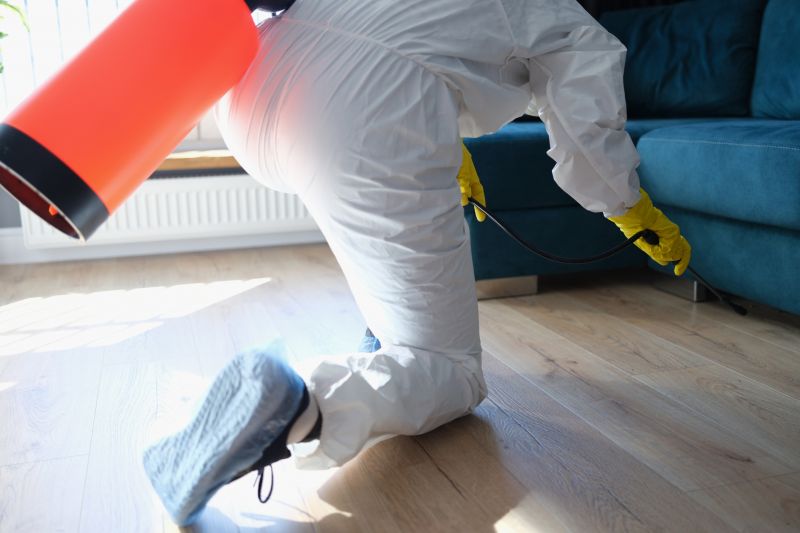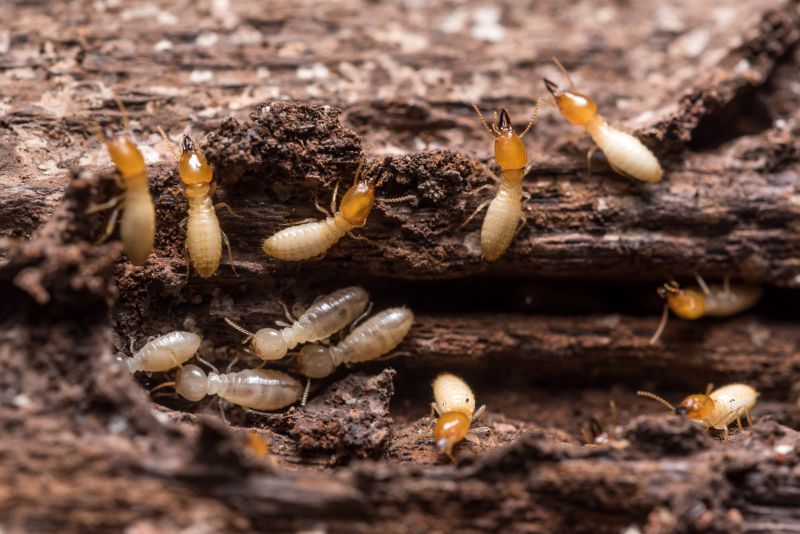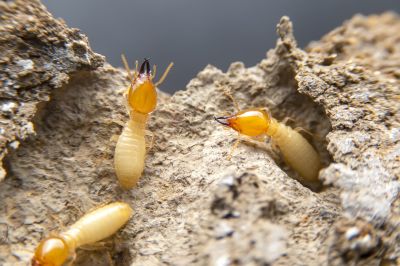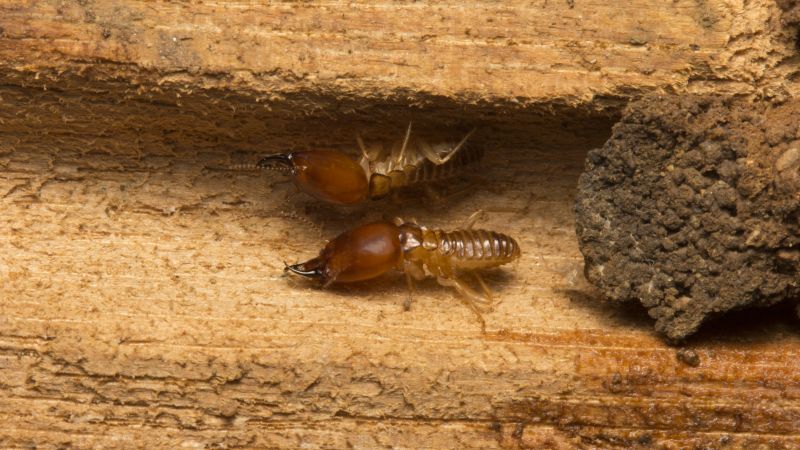Optimal Timing for Termite Exterminations

Spring is an ideal time for termite inspections as activity begins to increase with warmer temperatures.

Summer months are suitable for extermination treatments due to higher termite activity and easier detection.

Fall is a good time to perform preventative treatments before termites become dormant in winter.

Ways to make Termite Exterminations work in tight or awkward layouts.

Popular materials for Termite Exterminations and why they hold up over time.

Simple add-ons that improve Termite Exterminations without blowing the budget.

High-end options that actually feel worth it for Termite Exterminations.

Finishes and colors that play nicely with Termite Exterminations.
Termite exterminations are most effective when timed appropriately to match termite activity cycles. Understanding seasonal patterns helps in planning inspections and treatments. Typically, termites are most active during warmer months, with activity peaking in spring and summer. Conducting treatments during these periods can prevent extensive damage to structures. Fall treatments serve as preventative measures, reducing the likelihood of infestations during winter dormancy. Regular inspections throughout the year are recommended to identify early signs of termite activity and to determine the best timing for interventions.
Statistics indicate that untreated termite infestations can cause significant structural damage, often amounting to thousands of dollars in repairs. Early detection and timely extermination are crucial in minimizing damage and maintaining property integrity. Treatment methods vary depending on the season and severity of infestation, including liquid soil treatments, baiting systems, and localized spot treatments. Proper timing enhances the effectiveness of these methods, ensuring long-term protection against future invasions.

Termites can cause extensive damage to wood structures if not addressed promptly.

Specialized tools are used to detect hidden termite activity within walls and foundations.

Extermination involves equipment such as liquid barriers and bait stations.

Identifying active termites is key to determining the appropriate treatment approach.
| Season | Best Practices |
|---|---|
| Spring | Conduct thorough inspections and consider early treatments to prevent infestation. |
| Summer | Implement active extermination treatments during peak activity periods. |
| Fall | Apply preventative measures to reduce the risk of winter dormancy. |
| Winter | Perform inspections to identify any ongoing activity and plan future treatments. |
| Year-round | Schedule regular inspections and monitor for signs of activity. |
Little measurements that prevent headaches on Termite Exterminations day.
A 60-second routine that keeps Termite Exterminations looking new.
A frequent mistake in Termite Exterminations and how to dodge it.



